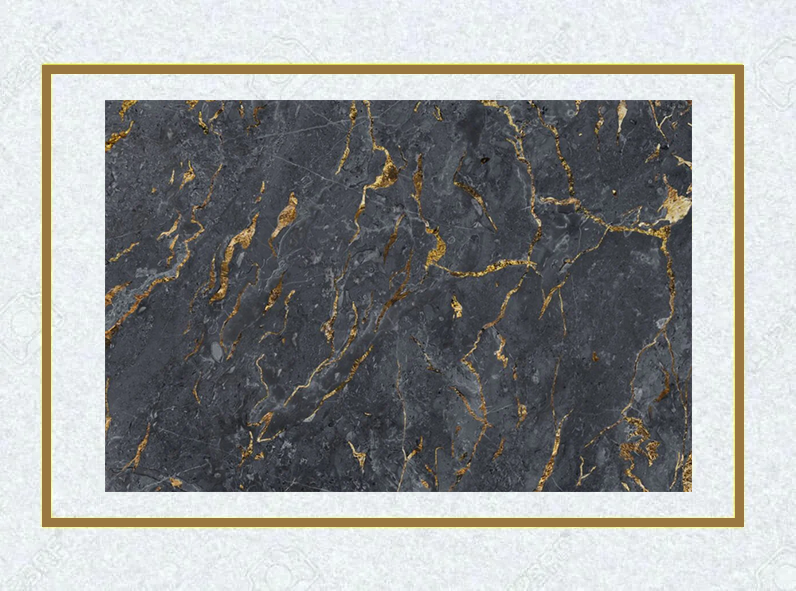As the global climate continues to change, the construction industry faces increasing pressure to adopt sustainable building practices. Autoclaved Aerated Concrete (AAC) blocks have emerged as a perfect solution.
AAC Blocks: 5 Ways They Help With Climate Change
Find out how these construction materials are revolutionizing construction projects in the face of a changing climate.
- Reducing overall CO2 emissions:
Traditional cement production is a major contributor to carbon dioxide emissions, accounting for approximately 8% of global CO2 emissions. AAC blocks, on the other hand, utilize a significantly lower amount of cement in their production process.
AAC blocks replace a portion of cement with materials such as fly ash. Thus, these help lower the overall carbon footprint of construction projects. This reduction in CO2 emissions contributes to mitigating climate change and aligns with global efforts to transition to more sustainable construction practices.
- Speeding up the construction process:
AAC blocks are lightweight and easy to handle. These reduce the need for heavy machinery and manual labor significantly during the construction process. Their larger size and uniform shape enable faster installation, leading to accelerated project timelines and cost savings.
Moreover, the lightweight nature of AAC blocks simplifies transportation logistics. This reduces fuel consumption and associated carbon emissions further.
- Ensuring energy-efficient homes:
Exceptional thermal insulation properties are one of the standout features of AAC blocks. The porous structure of AAC blocks traps air, creating a barrier against heat transfer. As a result, buildings constructed with AAC blocks require less heating in cold climates and less cooling in hot climates.
This enhanced energy efficiency helps reduce the carbon footprint of buildings. It also translates into long-term cost savings for homeowners and tenants. In an era marked by climate change and environmental concerns, the adoption of sustainable building materials like AAC blocks is more crucial than ever.
- Reducing material consumption:
Compared to traditional clay bricks or concrete blocks, AAC blocks offer superior coverage due to their larger size and precise dimensions. This means that fewer AAC blocks are required to cover the same area, resulting in reduced material consumption and less construction waste.
Also, the lightweight nature of AAC blocks allows for higher vertical construction, enabling architects and builders to maximize usable space and design flexibility.
- Contributing to environmental preservation:
The manufacturing process of AAC blocks involves curing the mixture of cement, lime, and aluminum powder in autoclaves. The process requires less energy as compared to traditional brick firing methods. Further, AAC block production generates minimal waste, with leftover materials often recycled back into the manufacturing process. This efficient use of resources, coupled with lower greenhouse gas emissions, helps preserve natural habitats and ecosystems.
These make AAC blocks a sustainable choice for environment-conscious builders. These blocks represent a significant advancement in the construction industry, offering a host of benefits that align with the principles ‘green construction’ and improve the efficiency of resources.
As the demand for sustainable building solutions continues to grow, AAC blocks stand poised to lead the way towards greener, more resilient construction projects. These construction materials are playing a pivotal role in shaping the future of construction projects in a changing climate scenario.






